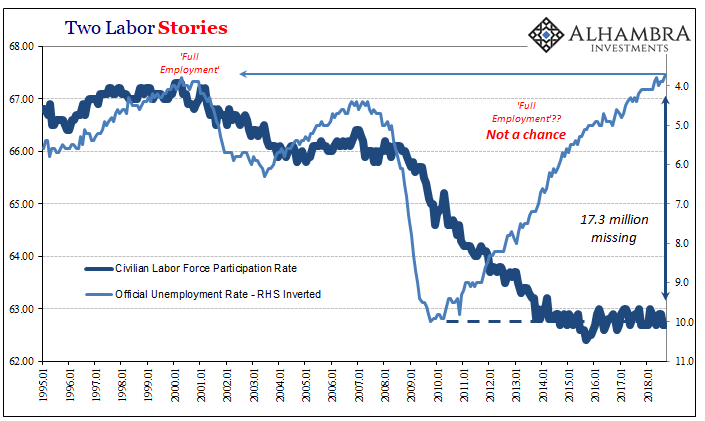It was coming, it wasn’t coming. On again, off again. Voluntary evacuations, all clears, and then the rushed mandatory removals. When Hurricane Bonnie finally made landfall, it left people more angry than usual with these kinds of storms. Weather officials just didn’t know where it would end up. In eventually would smack right into Virginia’s Tidewater region, after wreaking variable havoc as far south as South Carolina.
Norfolk spokesman Charles Hartig agreed. “This just underlines how unpredictable hurricanes are,” he said. “With all our technology and ability, we still can’t match wits with Mother Nature. A lot of fingers are being pointed, but I don’t think that’s fair.”
An official from Virginia Power put it simply, “It was a bigger wallop than we thought.”
Bonnie, reaching a peak intensity of a Category 3 storm, was just the first of many during that 1998 Atlantic hurricane season. The year would see more storms than typical, more even than we have had in recent years. At the same moment Bonnie was wrecking the mid-Atlantic coast, Danielle was lurking offshore and looked for a time like it might follow with Category 2 winds and surge.
While Danielle never did reach the coast, Georges would in September 1998. This storm would rake over Cuba, blast Key West, head into the Gulf eventually slamming into Mississippi with sustained winds of 105 mph.
And yet, when you look at the Employment reports for either August or September 1998, the BLS doesn’t mention any of the ten tropical storms and hurricanes spinning around near and occasionally onto the US mainland at some point during those months. The August payroll report was stellar (originally estimated at +365k, which would be +445k in today’s terms), while the September update wasn’t (just +69k, since revised to +218k).
Maybe it was a sign of the times, neither the employment report nor the tropical situation receiving as much attention. Perhaps the lack of a fully populated and exploited internet kept the interest to a minimum.
Or, most likely in my view, people didn’t need to see tropical storms as excuses for why the labor market might be soft in any given month. If it was, as it first appeared in September 1998, most understood it wouldn’t be for long. Such superfluous commentary would have stuck most people as odd because most often the numbers matched perceptions over time.
Twenty years on, the latest payroll report for September 2018 does mention hurricane Florence several times. They keep saying the economy is hot, and yet there were significantly fewer payrolls created last month (+134k) than during September 1998 (modern estimates) – both months heavy with tropical disturbances and landfalls. This despite the fact there are a quarter more people in the prospective labor pool today.

The economy is booming, or it will be once all this weather clears out, I guess. Even the hoopla over wages has taken a step back. The average hourly wage gained 2.75% year-over-year, a bit slower than 2.89% in August. If we are splitting hairs, wage gains were the slowest in September since May. It’s not quite the acceleration of a ridiculously tight labor market.


In economic reality, the employment situation hasn’t really changed all that much this year. Job gains are slightly improved from 2017, what was one of the worst non-recession years for the US labor market on record. That’s why hurricanes might be a big deal; the economy just isn’t powerful enough to absorb a powerful storm without people noticing.
That’s also why there is so much focus on the unemployment rate. If it wasn’t for Florence, or trade wars, or oil prices, etc., the rest of the labor statistics just might catch up some day.
But the unemployment rate, now a ridiculous 3.7%, is only falling because the labor force isn’t growing. How can that be if everything is going so well? There were in September 2018 5k more Americans in the official labor force than there were in February. Five thousand, even though during those same seven months the Civilian Non-institutional Population gained 1.36 million.
Florence was a big storm, but it wasn’t that big. In September 1998, all hurricanes accounted for, the labor force had expanded by 1.17 million in the seven months up to and including September. The population had grown by 1.30 million at the same time, meaning that nearly everyone joining the labor pool found their way into the jobs market. Because there were jobs for them.
That, in a nutshell, is why wages are growing at 2.75% (and that’s high for the last ten years) rather than 4.0% in both August and September 1998 (down from 4.3% in late 1997). Only one set of numbers adds up to a booming economy, storms and all.



Stay In Touch